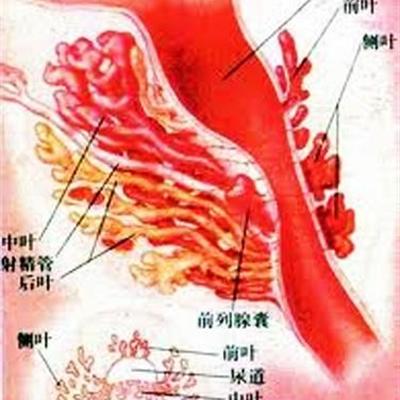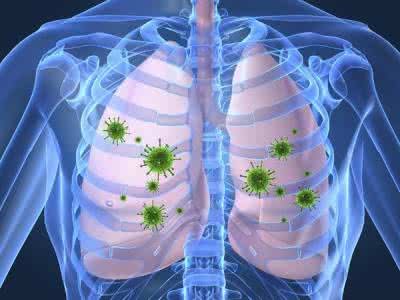Symptoms of cervical ependymoma?
summary
Ependymal cell tumor is a central nervous system tumor originated from ependymal cells in ventricles and central canal of spinal cord or the nest of ependymal cells in white matter. It was first discovered by virshow in 1863. According to the new classification of central nervous system tumors by who in 1993, ependymal cell tumors are divided into four types: ependymoma, anaplastic (malignant) ependymoma, myxopapillary ependymoma and subependymal ependymoma. Ependymoma is low malignant, equivalent to grade I and II of Kernohan, while anaplastic ependymoma is equivalent to grade III and IV of Kernohan. The majority of myxopapillary ependymomas are found in cauda equina.
Symptoms of cervical ependymoma?
The course of disease was longer in patients with different types of tumors, with an average of 10-14 months. The main manifestations of infratentorial ependymoma were paroxysmal nausea, vomiting (60% - 80%) and headache (60% - 70%), followed by walking instability (30% - 60%), vertigo (13%) and speech disorder (10%). The main signs were cerebellar ataxia (70%), optic disc edema (72%), neurologic disorders (20% - 36%) and abnormal tendon reflex (23%). The most common symptom of ependymoma of the fourth ventricle is abnormal gait. Supratentorial ependymomas were characterized by headache, vomiting, drowsiness, anorexia and diplopia (67% - 100%), and epilepsy (25% - 40%). Ependymoma located in cerebellopontine angle may have tinnitus, deafness and neurologic symptoms. The main symptoms of children under 2 years old were irritability, drowsiness, anorexia, head circumference enlargement, full anterior fontanelle, stiff neck, growth retardation and weight loss.

Due to the rapid growth of anaplastic ependymoma, the course of disease is short, and the symptoms of intracranial hypertension are obvious. About 40% of patients with subependymoma have symptoms. Tumors located in septum pellucidum, Monro foramen, aqueduct, fourth ventricle and spinal cord often cause symptoms. The main symptoms of the patients were headache, blurred vision, walking instability, memory loss, cerebral nerve symptoms, nystagmus, dizziness, nausea and vomiting. 88% of the patients had hydrocephalus.

The clinical symptoms of ependymoma patients are quite different due to the different location of the tumor. Nausea, vomiting and headache are relatively nonspecific, and the most common clinical symptoms are supratentorial and infratentorial. Generally speaking, posterior fossa tumors show symptoms of increased intracranial pressure (vomiting and headache), accompanied by gait instability; Epileptogenic symptoms account for 25% of children with supratentorial ependymoma. Neck pain and stiffness are also common symptoms of posterior fossa ependymoma, which may be related to tumor invasion of cervical nerve root.

matters needing attention
The most common sign of ependymoma in any part of children is optic disc edema. Other signs change according to the location of the tumor. Nystagmus, meningeal sign and poor range finding are the most common in posterior fossa lesions. Hemiplegia, tendon hyperreflexia and abnormal visual field are the most common signs of supratentorial tumors. Ataxia can be seen in supratentorial and infratentorial lesions.
















